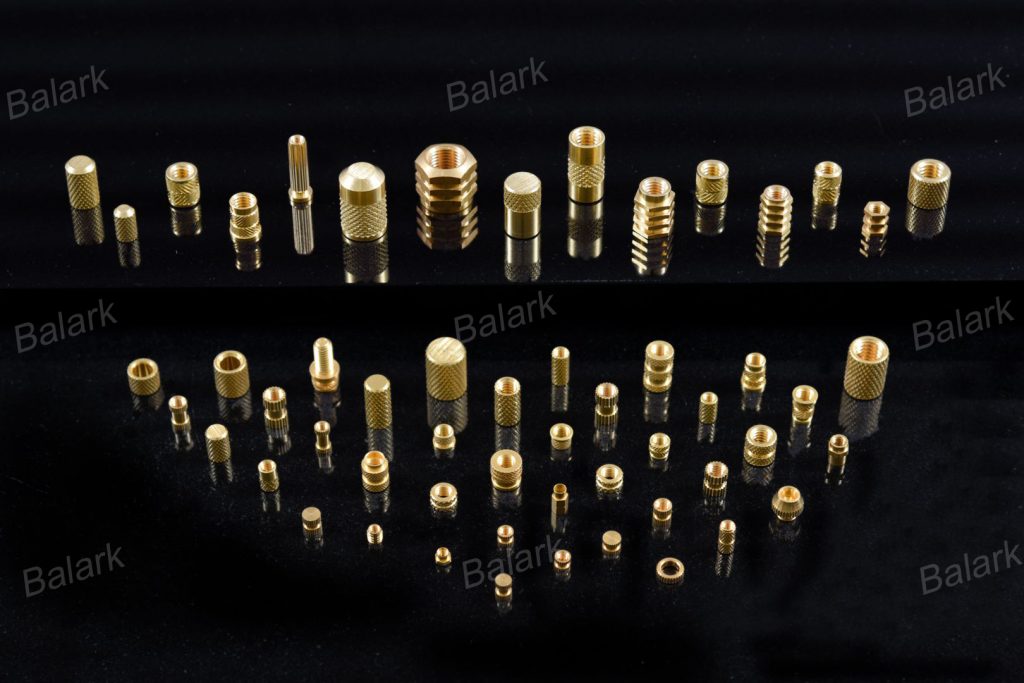Plastic Moulding Inserts have become integral components in modern manufacturing, providing versatility and precision in diverse applications. This article delves into the craftsmanship and expertise behind Plastic Moulding Inserts, showcasing their significance in various industries.
Crafting Precision with Plastic Moulding Inserts
Understanding Plastic Moulding Processes
Before delving into the intricacies of Plastic Moulding Inserts, it’s essential to understand the plastic moulding processes. Injection moulding, compression moulding, and transfer moulding are common methods employed in creating these inserts, each with its unique advantages.
Material Selection for Optimal Performance
The choice of material significantly influences the performance. Manufacturers leverage materials like ABS, Nylon, and HDPE, considering factors such as strength, temperature resistance, and application-specific requirements.
Precision Moulding Techniques
Crafting precise demands advanced moulding techniques. Manufacturers employ computer-aided design (CAD) and computer-aided manufacturing (CAM) technologies to ensure accuracy in dimensions and intricate detailing.
Expertise of Plastic Moulding Inserts Manufacturers
Compliance with Industry Standards
Leading Plastic Moulding Inserts manufacturers adhere to stringent industry standards. Certifications such as ISO 9001 affirm their commitment to quality, ensuring that the inserts meet or exceed performance expectations.
Customization to Meet Varied Needs
Understanding the diverse needs of clients, manufacturers offer customization options. Clients can specify dimensions, thread types, and materials to tailor the inserts according to their unique application requirements.
Innovation in Design for Enhanced Functionality
Staying at the forefront of technology, manufacturers continually innovate in the design of Plastic Moulding Inserts. This innovation aims to enhance functionality, ease of installation, and overall performance in different applications.
Various Applications
Automotive Industry
Plastic Moulding Inserts find extensive use in the automotive industry, providing reliable fastening solutions for components ranging from interior panels to engine compartments.
Electronics and Electrical Appliances
The precision and durability make them ideal for applications in electronics and electrical appliances, where secure fastening is crucial for product integrity.
Construction and Furniture
In construction and furniture manufacturing, Plastic Moulding Inserts contribute to the structural stability and ease of assembly, showcasing their versatility across industries.
FAQs
Are these suitable for high-temperature applications? Yes, the material selection for it can include options with high-temperature resistance, making them suitable for diverse operating conditions.
Can Plastic Moulding Inserts be used in outdoor applications? Absolutely, many these are designed to withstand outdoor conditions, exhibiting resistance to environmental factors like moisture and UV exposure.
How are these installed? Installation methods vary based on the application and type of insert. Common methods include heat-insertion, ultrasonic insertion, and press-fit, ensuring secure placement.
Do manufacturers provide bulk ordering options for Plastic Moulding Inserts? Yes, most manufacturers offer bulk ordering options, allowing clients to streamline their supply chain with consistent access to high-quality inserts.
Are these recyclable? The recyclability of this depends on the specific material used. Many materials commonly used in these inserts, such as ABS, are recyclable.
What is the typical lifespan of Plastic Moulding Inserts? The lifespan varies based on factors such as material, application, and environmental conditions. However, with proper material selection and usage, It can have a long and reliable lifespan.
Conclusion
Plastic Moulding Inserts stand as testament to the marriage of precision engineering and versatile design. As crucial components in various industries, their impact on the efficiency and durability of applications cannot be overstated. Understanding the craftsmanship and expertise behind provides a deeper appreciation for their role in modern manufacturing.

